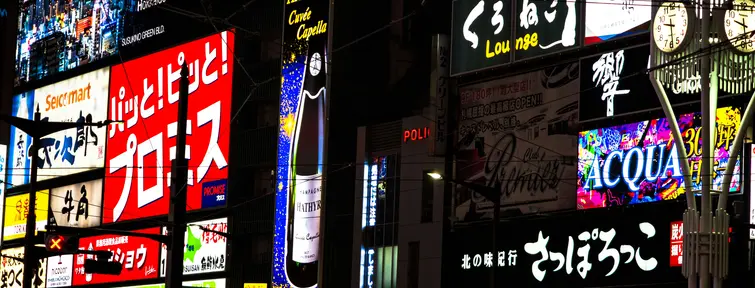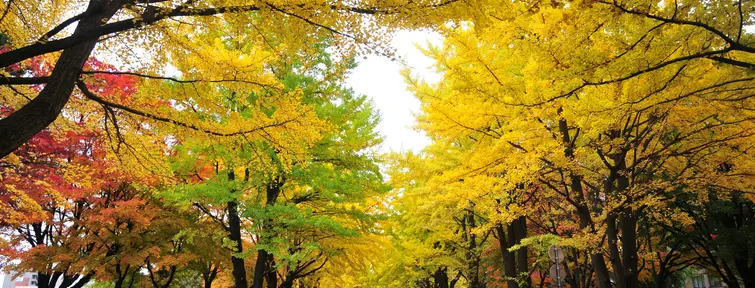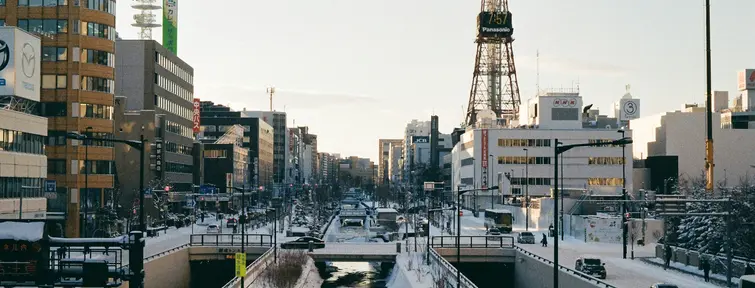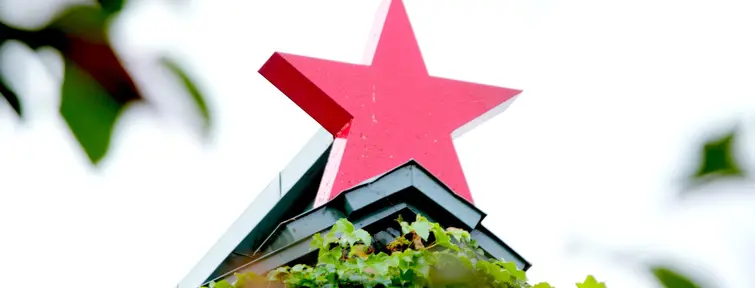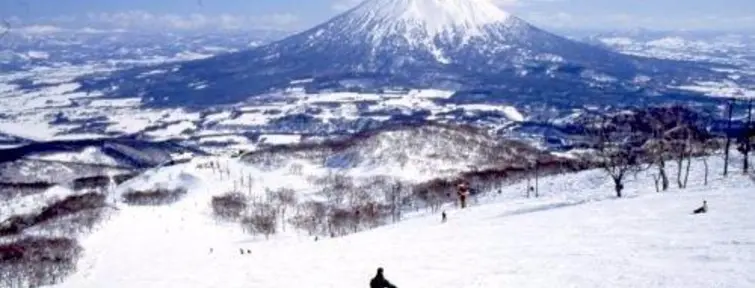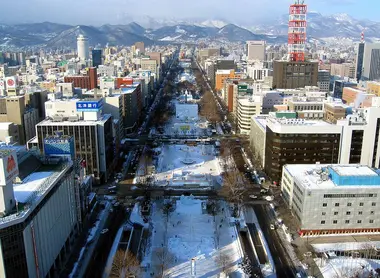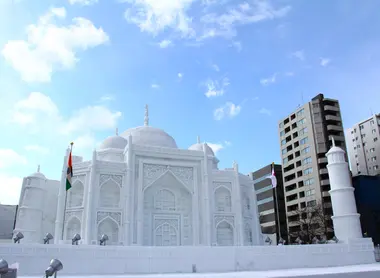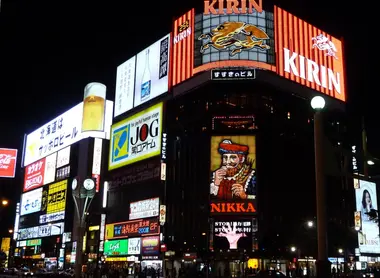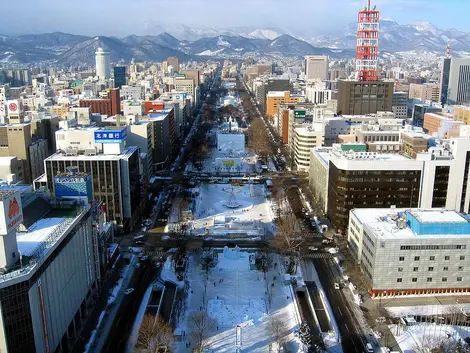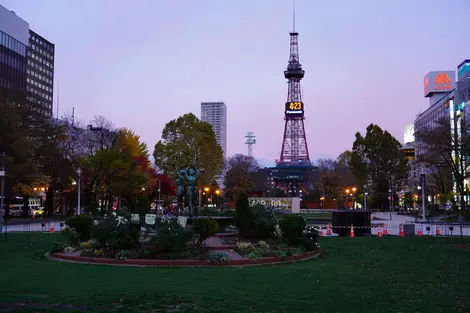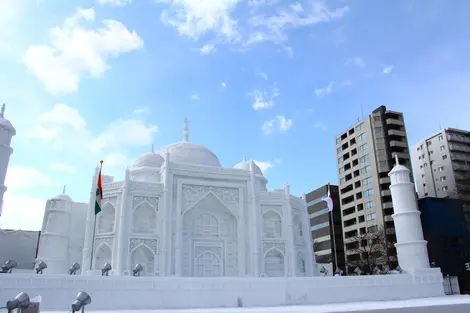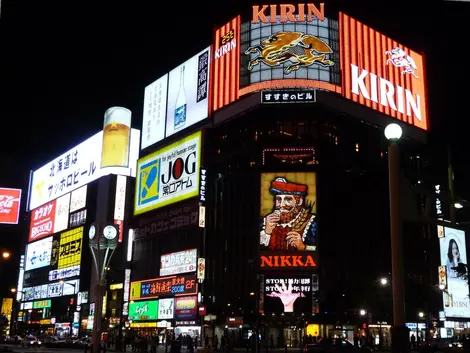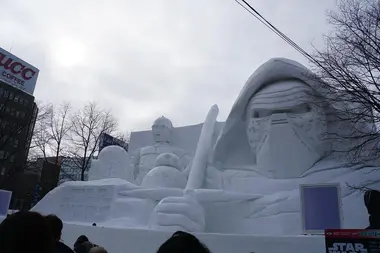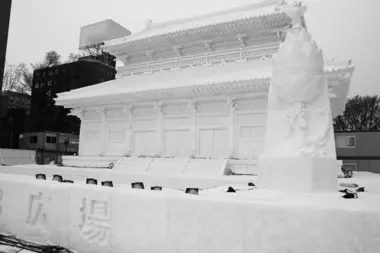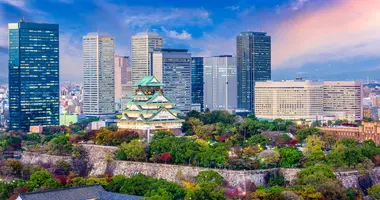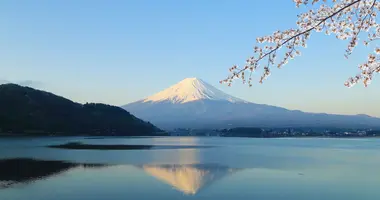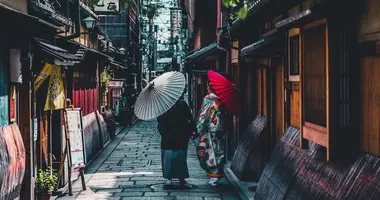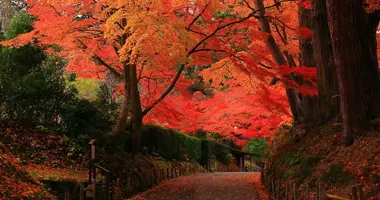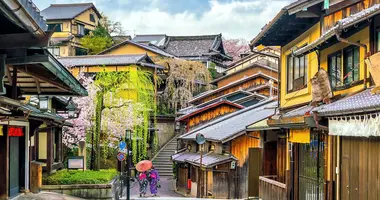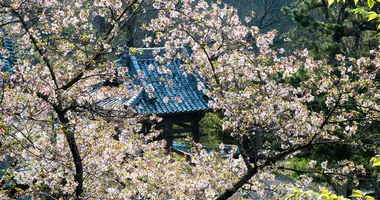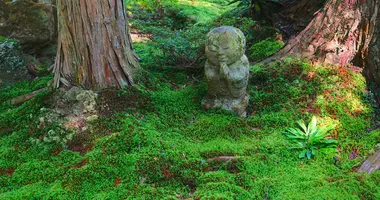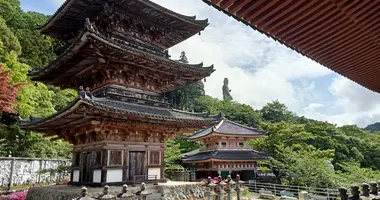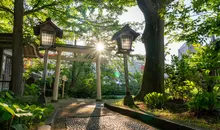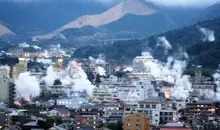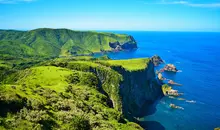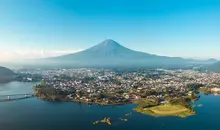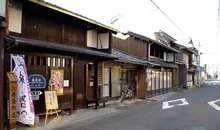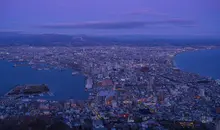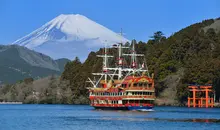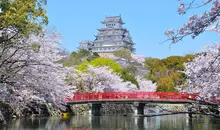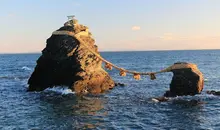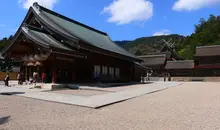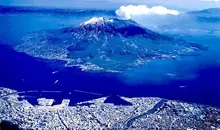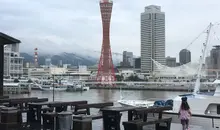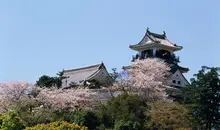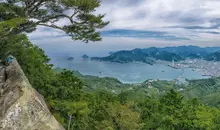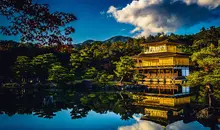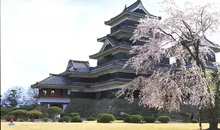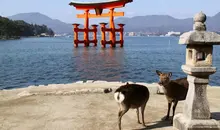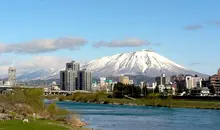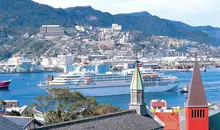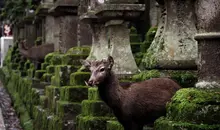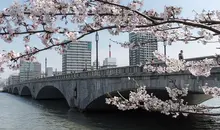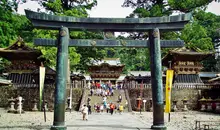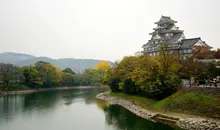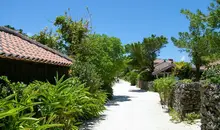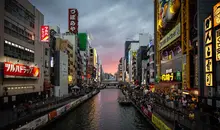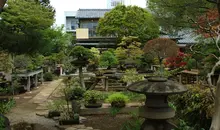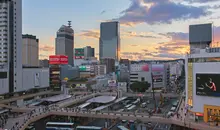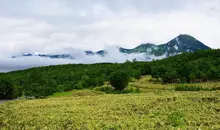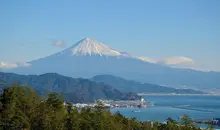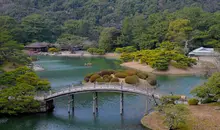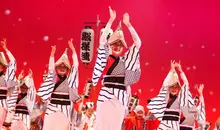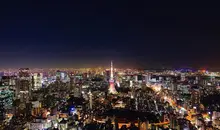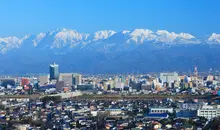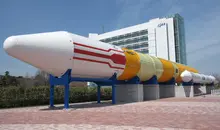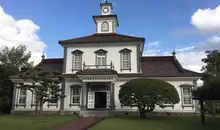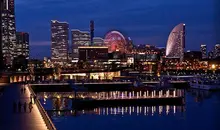Sapporo
- Published on : 26/11/2019
- by : G.L. / J.R.
- Youtube
Local Time 10:39
Symbol : sunny_cloudy
Temp : -8.7°C
Date : Friday
Symbol : sunny_cloudy
Temp : -7.7°C
Date : Today
Symbol : sunny_cloudy
Temp : -5.1°C
Date : Tomorrow
Symbol : cloudy_rainy
Temp : 1.3°C
Date : Monday
Local Time 10:39
Symbol : sunny_cloudy
Temp : -8.7°C
Date : Friday
Symbol : sunny_cloudy
Temp : -7.7°C
Date : Today
Symbol : sunny_cloudy
Temp : -5.1°C
Date : Tomorrow
Symbol : cloudy_rainy
Temp : 1.3°C
Date : Monday
Sapporo, the North Star
Sapporo, capital of Hokkaido in northern Japan, is a unique metropolis where urbanism and nature blend harmoniously. Situated on the 43rd parallel north, it is the only city in the world of almost 2 million inhabitants to be covered by five meters of powdery snow every winter. Founded in 1866, Sapporo still bears the traces of colonization, with its checkerboard layout and straight avenues reminiscent of North American cities. Japan's fifth-largest city boasts a renowned culinary scene, emblematic festivals such as the Yuki Matsuri, and close proximity to unspoilt natural areas. Whether you're a lover of winter sports, gastronomy or culture, Sapporo has an unforgettable experience in store for you in every season.
Sapporo's four seasons and the best times to visit
Sapporo enjoys a humid continental climate with four distinct seasons, each offering a unique experience. Unlike other parts of Japan, the city enjoys a refreshing summer with low humidity, making it a pleasant summer destination when the rest of the archipelago is suffocating. Summer temperatures range from 17°C in the morning to 26°C in the afternoon in August, the hottest month.
Winter is long and harsh, stretching from November to April, with an average of -8°C in January. It's during this period that Sapporo is transformed into a fairytale landscape covered in a thick blanket of white. This season is ideal for winter sports enthusiasts and for attending the famous Snow Festival in February, a major event that attracts over two million visitors.
Spring (April-May) is marked by the late blossoming of the cherry trees, which can be observed from late April to early May. This less-frequented period offers mild temperatures between 3°C and 17°C and is a good compromise for travellers wishing to avoid the peak tourist season.
Autumn (September-October) transforms the surrounding mountains into a spectacular palette of reds and yellows. With pleasant temperatures ranging from 7°C to 23°C, it's an ideal time to explore the town and its surroundings. The Sapporo Autumn Festival in September is also an excellent opportunity to discover local culinary specialties.
Explore the city center and its must-see attractions
The heart of Sapporo, with its Western-influenced checkerboard layout, is easy to navigate thanks to its numbered block system. At the heart of the city stands the Clock Tower (Tokeidai), the emblematic symbol of Sapporo. Built in 1878, this simple wooden house built by the British houses an American bell that has been striking the hours since 1881. Now converted into a museum, it bears witness to the city's colonial history.
Nearby is Odôri Park, a green lung that runs 1.5 km through the city. Beginning near the Sôsei River with the Sapporo TV Tower as its starting point, this park hosts the city's major events throughout the year, such as the Sapporo Odori Beer Garden in summer, the Autumn Festival in September and the famous Snow Festival in February.
Just 15 minutes from downtown is the Sapporo Beer Museum, housed in Japan's first brewery, opened in 1876. Its red-brick building, topped by a five-pointed red North Star, has become a must-see place to discover the history of beer in Japan and taste the famous Sapporo, one of the three most consumed beers in the country.
The Susukino district is the beating heart of Sapporo's nightlife. With its 4,500 restaurants and entertainment venues, this lively district is reputed to be the liveliest place north of Tokyo. Its multicolored neon lights, pachinko clubs and numerous bars (izakaya) make it the ideal place to experience the Japanese nightlife. It's also here that you'll find the best restaurants for tasting local specialties such as Sapporo ramen and Genghis Khan (grilled lamb).
Winter sports and the Sapporo Snow Festival
Sapporo is a favorite destination for winter sports enthusiasts, thanks to its six months of snow and numerous ski resorts within easy reach of the city center. It's no coincidence that the city hosted Japan's first Winter Olympics in 1972, marking its entry onto the international snow sports scene.
Less than an hour from downtown is Mount Teine, home to two Olympic slopes and the Olympic flame. This resort offers a unique experience for skiers of all levels, with breathtaking views of the city and the Sea of Japan. For those looking for a more complete experience, Niseko, around two hours from Sapporo, is considered one of Japan's best ski resorts, with its world-renowned powder.
Sapporo's winter highlight is undoubtedly the Snow Festival (Yuki Matsuri), held since 1950. What began modestly with six snow sculptures created by high-school students in Odori Park has grown into a major international event attracting over two million visitors every year. For a week in early February, three main sites - Odori, Susukino and Tsudome - are transformed into a fairytale world of giant snow and ice sculptures, representing monuments as well as film and manga characters.
At the Odori site, you can admire the largest sculptures, some of which stretch 25 meters and rise 15 meters high, illuminated until 10 pm. The Susukino site features around a hundred ice sculptures, some of which contain frozen fish, while Tsudome offers family activities such as snow slides, a buoy track and a snow maze. Projection shows, concerts and numerous food stalls complete the experience of this unique festival.
Hokkaido gastronomy: local specialities and culinary experiences
Hokkaido is often referred to as Japan's gastronomic paradise, and Sapporo is its culinary showcase. Surrounded by three nutrient-rich ocean currents and vast agricultural plains, the region offers produce of exceptional freshness and quality.
Seafood is one of the mainstays of local gastronomy. The cold seas around Hokkaido are home to Japan's most famous crabs (notably the kegani, or hairy crab), as well as scallops, sea urchins and squid of incomparable freshness. The Nijo market, often referred to as "Sapporo's kitchen", is the ideal place to discover these marine treasures, either by buying them fresh or tasting them in one of the many restaurants lining the market. Don't miss the Sanshoku-don, a rice bowl filled with sea urchin, salmon roe and crab.
As for emblematic dishes, Genghis Khan (lamb grilled on a grill in the shape of a Mongolian helmet) is a specialty rarely found in the rest of Japan. Sapporo ramen, noodles served in a miso broth with a little butter and corn, is also a local pride and joy, and can be sampled in the many gargotes of Susukino or the Tanukikoji gallery.
Another lesser-known but equally delicious specialty is Sapporo's curry soup, which is copious in fresh vegetables and available in a range of spice levels. Hokkaido's culinary specialties also include excellent dairy products (butter, creams, cheeses), rare in the rest of Japan, which are used to make delicious pastries such as the famous Shiroi Koibito, a white chocolate-filled cookie that has become emblematic of the city.
Nature and outdoor activities around Sapporo
One of Sapporo's major assets is the perfect harmony between city and nature. Just a few minutes from the city center, unspoilt natural areas provide the ideal setting for a wide range of outdoor activities, whatever the season.
Mount Moiwa, easily accessible from the city center, offers spectacular panoramic views of Sapporo and the surrounding area. In winter, it's a popular ski area for locals, while in summer, its hiking trails allow you to explore the region's rich biodiversity. The cable car ride to the summit is an experience in itself, particularly magical at sunset.
For hot-spring enthusiasts, there are several onsen resorts within an hour's drive of Sapporo. Jozankei, located in Shikotsu-Toya National Park about an hour's drive from the city center, is a spa district in the middle of nature where you can relax in hot baths while admiring the beauty of the valley. Noboribetsu, nicknamed "the hell of Jigokudani" because of its sulfurous fumes, also offers the best onsen in Hokkaido, with different types of water with healing properties.
The national parks surrounding Sapporo, such as Shikotsu-Toya, offer countless opportunities for activities such as hiking, canoeing on volcanic lakes or observing local wildlife. In autumn, these parks are decked out in flamboyant colors that attract photographers from all over the world. In spring and summer, vast fields of flowers, including the famous Furano lavender fields in the center of the island, create breathtakingly beautiful landscapes.
Art, culture and the city's unique history
Sapporo's history, though recent compared to other Japanese cities, is fascinating and steeped in diverse influences. The city was founded in 1866 by the Japanese government, which wished to "civilize" the island of Hokkaido, the traditional territory of the Ainu people, indigenous to the island for thousands of years.
The Hokkaido Historical Village (Hokkaido Kaitaku no Mura) is an open-air museum that recreates the atmosphere of the early days of colonization. Here you'll find relocated and restored period buildings that bear witness to the Western architecture that influenced Sapporo's development, such as the charming red-brick former seat of government.
To deepen your knowledge of local culture, the Hokkaido Museum of Modern Art presents works by regional and international artists in a contemporary setting. Nearby, the Hokkaido Jingu Shrine and Maruyama Park offer a glimpse of Japanese spirituality in a soothing natural setting.
Ainu culture, long marginalized, is now enjoying a revival. The National Ainu Museum "Upopoy", located in Shiraoi, an hour from Sapporo, presents the history and traditions of this indigenous people through interactive exhibitions, performances of traditional dances inscribed on UNESCO's intangible cultural heritage list, and hands-on workshops introducing visitors to Ainu cuisine, music and handicrafts.
Getting to Sapporo and around the region
Sapporo is well connected to the rest of Japan, although its northern position means longer travel times from the major cities in the south of the archipelago. The quickest way to reach Sapporo from Tokyo is by air, with a 90-minute flight from Haneda or Narita airports to Shin-Chitose airport, 50 minutes south of Sapporo.
For those who prefer to take the train and enjoy the scenery, the journey from Tokyo takes around 8 hours. Take the JR Tohoku/Hokkaido Shinkansen to Shin-Hakodate-Hokuto station, then the Hokuto Limited Express to Sapporo. This trip is fully covered by the JR Pass, making it an economical option for pass holders.
Getting around Sapporo is relatively easy, thanks to its grid street system inspired by the North American model. The city's well-developed transport network includes three subway lines, a tramway line and numerous buses. The city's main attractions can be reached on foot or by subway from JR Sapporo station, the city's main transportation hub.
To discover Sapporo and the island of Hokkaido, rent a car! It's the most practical option for exploring the surrounding area and accessing the natural sites for which the region is famous. The roads are well maintained, even in winter, although extra care is needed during the snowy season. Alternatively, the JR Hokkaido Pass offers unlimited access to JR trains throughout the island for 5 or 7 days, ideal for visiting destinations such as Hakodate in the south or Furano in the center of the island.
For those who prefer organized excursions, many agencies in Sapporo offer day tours to the main nearby sites of interest, such as national parks, spas or ski resorts. These tours usually include round-trip transportation from your hotel and the services of an English- or French-speaking guide.
Our tours in Sapporo
Interested by Sapporo
Discover other cities to explore
